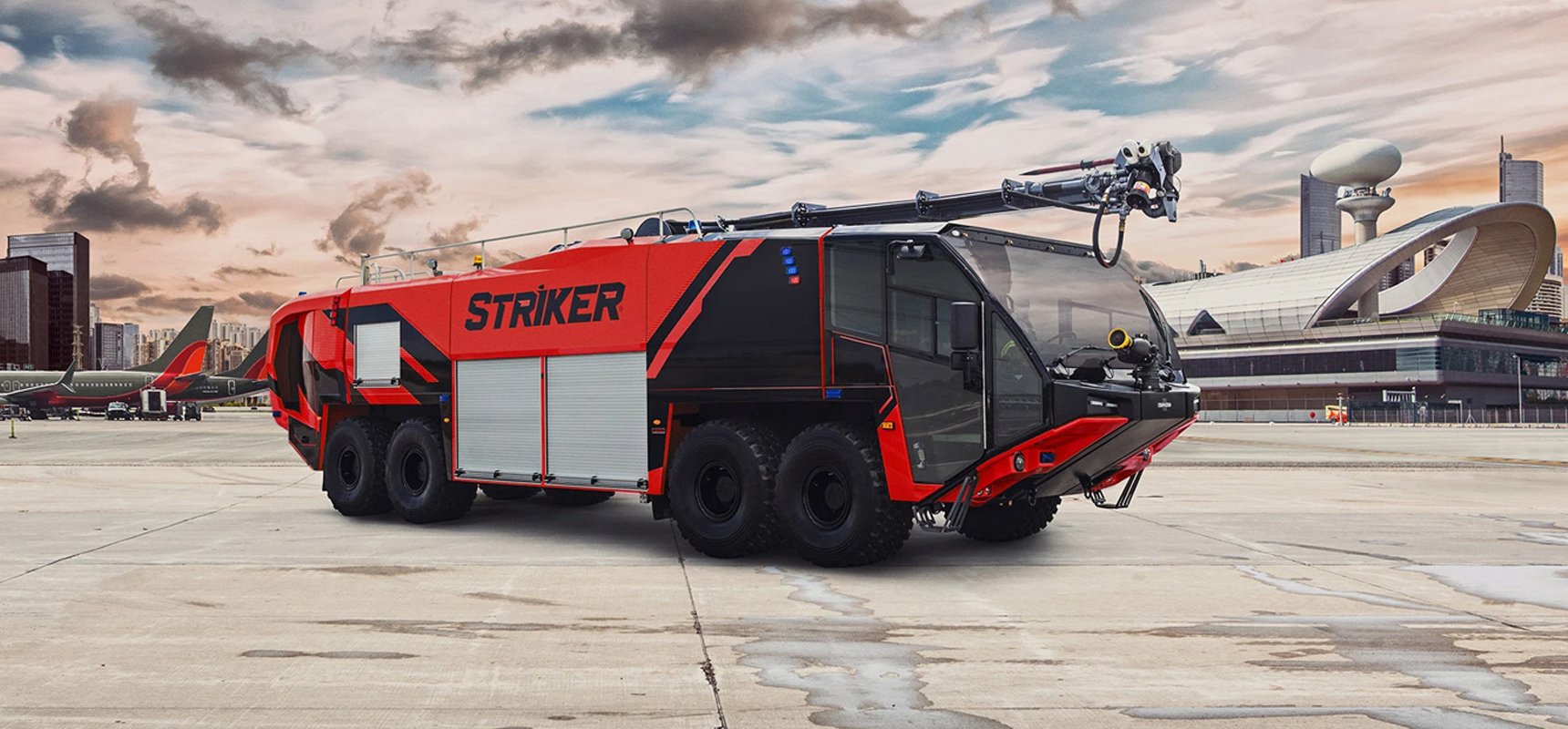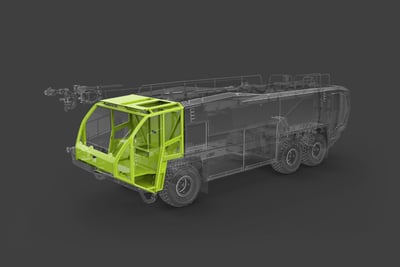
For firefighters, seeing their ARFF unit for the first time is arguably one of the most exciting times in the process of getting a new truck. Here at Oshkosh Airport Products, customer vehicle inspections are one of our favorite responsibilities.
ARFF vehicle inspections make every team member feel proud to see customers come in with excitement and anticipation, knowing they will see and test their new vehicle. We think new vehicle inspection plays a vital role in the overall process, and we wanted to share what we believe to be the five most important aspects to consider during an ARFF vehicle inspection.
What to Expect During an ARFF New Vehicle Inspection: A Quick Overview
At Oshkosh Airport Products, we thoroughly inspect every new ARFF vehicle to ensure we have built the best quality product and our client receives a truck that exceeds their expectations.
In case you may be unfamiliar with a vehicle inspection and what it all entails, we are going to share a quick overview of what takes place during an ARFF vehicle inspection process. Typically, inspection takes one to two days on-site here at Oshkosh Airport Products in Wisconsin. We start by going through the truck front to back, making sure all the options on the vehicle align with the specifications. Next, we move on to what might be the most exhilarating part; operational testing.
Using NFPA 414 ARFF vehicle requirements as a guide, our team has created a variety of operational and performance tests that challenge the truck to prove it can respond and perform in any terrain in a timely, safe, and effective manner.
Operational testing for a new ARFF vehicle can include:
- Brake test
- Top Speed test
- Turning diameter test
- Acceleration test
- Handling
- Gradient ascents and descents
- ECO-EFP testing
- Pump and roll test
- 30° tilt table test
The myriad of operational tests to choose from allows our customer to make sure their new ARFF truck is performing at its best. Finally, we share a tour of our plant and do an inspection of loose equipment, if applicable to the truck.
Learn more about operational and performance testing we conduct for every ARFF vehicle in this blog post!
What Are the Most Important Aspects of an ARFF New Vehicle Inspection Process?
Below, we provide a countdown of the five most important aspects we consider during all our ARFF vehicle inspections.
 5. Inspect Graphics & Lettering
5. Inspect Graphics & Lettering
4. See How the ARFF Truck Is Built
 Going on a factory tour exposes you to different areas of the manufacturing process. This can be essential for understanding the truck from a maintenance perspective, as well as a having a greater appreciation for how your ARFF unit is built. Seeing the different stages of production can also allow customers to see how each component works because it is stripped down to the basic structure. If you have any questions on why something is put together “that” way now is the time to ask the skilled professionals working on the line.
Going on a factory tour exposes you to different areas of the manufacturing process. This can be essential for understanding the truck from a maintenance perspective, as well as a having a greater appreciation for how your ARFF unit is built. Seeing the different stages of production can also allow customers to see how each component works because it is stripped down to the basic structure. If you have any questions on why something is put together “that” way now is the time to ask the skilled professionals working on the line.3. Meet and Become Familiar with Our Employees
Check out what you can expect during your Oshkosh Airport Products facility visit in this blog post!
2. Performance Test Your New ARFF Vehicle
1. Verification Between Specifications and the ARFF Truck
The Importance of ARFF New Vehicle Inspection
Vehicle inspection is essential to both the customer and Oshkosh Airport Products. It ensures we are putting out the best quality product and you are receiving a truck that exceeds your expectations. Unfortunately, new Airport Improvement Program(AIP) regulations aren’t writing visits into the specs as commonly as they used to. Our sales team encourages talking to the FAA to get approval for the visit prior to presenting the specifications. The benefits are endless!
Do you have questions about our ARFF new vehicle inspection process? Contact us today!
.webp)

